Multiple surveys say that over 80% of the users get frustrated if they have to wait longer to stream a video. Only a few viewers will sit around waiting for the stream to load. Today’s audience is spoiled for choice, and they hate waiting. That’s how crucial delivering live video is!
With the proliferation of multiple live streaming platforms and devices, users don’t want to wait when viewing content, especially live streams! One way to create a great live video viewing experience is by keeping the latency on your streams low. This article is all about Understanding how low latency video streaming works and how Muvi Live delivers low latency content far better than its competitors.
What is Low Latency Streaming?
In live streaming, low latency refers to minimizing the delay between when something happens in real life and when viewers see it on their screens. Ideally, this delay would be zero, but due to data processing and transmission, there’s always some lag.
In low latency Streaming, hee are a few things you have to keep in mind:
- Regular Latency vs Low Latency: Traditional live streams can have delays of 30 seconds or more, which can be distracting and affect real-time interaction. Low latency streaming aims to bring that delay down to a much shorter window, typically between 2-6 seconds.
- Ultra-Low Latency: For situations requiring near real-time response, there’s ultra-low latency streaming. This pushes the delay to under 1 second, ideal for scenarios like live auctions or remote robotic control.
- Impact on User Experience: Low latency streaming enhances the viewing experience by minimizing buffering and creating a smoother, more responsive stream. This is crucial for live events where viewers want to feel like they’re participating in real-time.
Now that we have discussed about the important elements required in low latency streaming,
we can now delve deep into the technologies deployed to achieve the same:
- Content Delivery Networks- CDNs distribute content across multiple servers located geographically closer to end-users, reducing the physical distance data needs to travel and thus minimizing latency.
- WebRTC (Web Real-Time Communication)- This open-source project enables real-time communication directly between web browsers without the need for plugins. It’s commonly used for video chat applications and live streaming scenarios.
- Low-Latency Streaming Protocols- Some streaming protocols are designed to minimize latency. For example, HTTP/2 and HTTP/3 have improvements over their predecessors in this regard. Additionally, protocols like SRT (Secure Reliable Transport) and WebSockets are designed for low-latency streaming.
- Camera and encoder capabilities: Slower processing power in capture devices can introduce delays during the initial encoding stage.
- Server infrastructure: Inadequate server capacity can lead to bottlenecks during processing and distribution of the live stream.
- Chunked Streaming- Instead of delivering content in large chunks, the data is split into smaller pieces or “chunks.” This allows for quicker transmission and reduces the overall latency.
- Edge Computing- By processing and delivering content closer to the end-user (at the network edge), latency can be further reduced. This approach is especially beneficial in scenarios where real-time interaction is critical.
- Adaptive Bitrate Streaming (ABR)- ABR adjusts the quality of the video stream in real-time based on the viewer’s network conditions. While this is not directly aimed at reducing latency, it can help maintain a smooth streaming experience by adapting to changes in the network environment.
Muvi Live – The Enterprise Grade Live Streaming Platform
Muvi Live is an enterprise grade DRM-enabled Live streaming platform that makes low latency live streaming content delivery possible across multiple platforms and devices. With Muvi Live, you can stream live sports tournaments, live video shops, webinars, corporate meetings, product launches, employee training, town hall meetings, etc with low latency content delivery.
Features:
- Pay As You Go
- Geo-blocking
- Low latency content delivery
- Device Management
- Built-in CDN
- Multilingual
- Live chat
- Multiple monetization options
- Skippable & Non-Skippable Ads
- DVR-enabled Livestream
- Skip Intro
- SSO (Single Sign-On)
- Built-in Multi-DRM Security
- Analytics & Reports
How Muvi Live Delivers Low Latency Content
Imagine this. You are live streaming a crucial football finale match and want to deliver the video to your end users quickly, but due to latency issues of your live streaming service provider, your end users get to watch the soccer game with high latency. The scenario would be unhappy customers complaining of endless wait time.
Here is where Muvi Live comes to the rescue. Muvi Live helps deliver low latency content >9 sec to viewers helping you to stream crucial sports tournaments or concerts with elan! Here’s how:
Built-In CDN-
Muvi Live’s built in CDN partnered by AWS Cloudfront is responsible for delivering low latency content to end-users. Muvi Live’s unique location changing feature of your broadcast server enables you to edit a server’s location as well as verify the updated location which results in reduced latency by delivering content from servers closer to viewers.
Using Apple Low-latency HLS:
Muvi Live live streams events across players, devices, and platforms using HLS url link. Once the live stream server is activated, the HLS URL is generated which when embedded to your website and apps, can live stream events on your platform.
Now, video streaming is largely facilitated by a video protocol called HLS (HTTP Live Streaming) which is known for delivering low latency content across platforms.
When Apple introduced HLS, the typical segment size was 10 seconds which was considered too long.Apple decided to release its own extension of the protocol called Low Latency HLS (LL-HLS) in 2019.This protocol came with 2 main changes in the spec, responsible for its low latency nature:
#1 – Dividing the segments into parts and delivering them as soon as they would be available.
#2 – Informing the player about the data to be loaded next before said data would be available.
The small video segments would be further divided into parts or chunks. These parts are just “smaller segments” with a definite duration – represented by the EXT-X-PART tag in the media playlist.
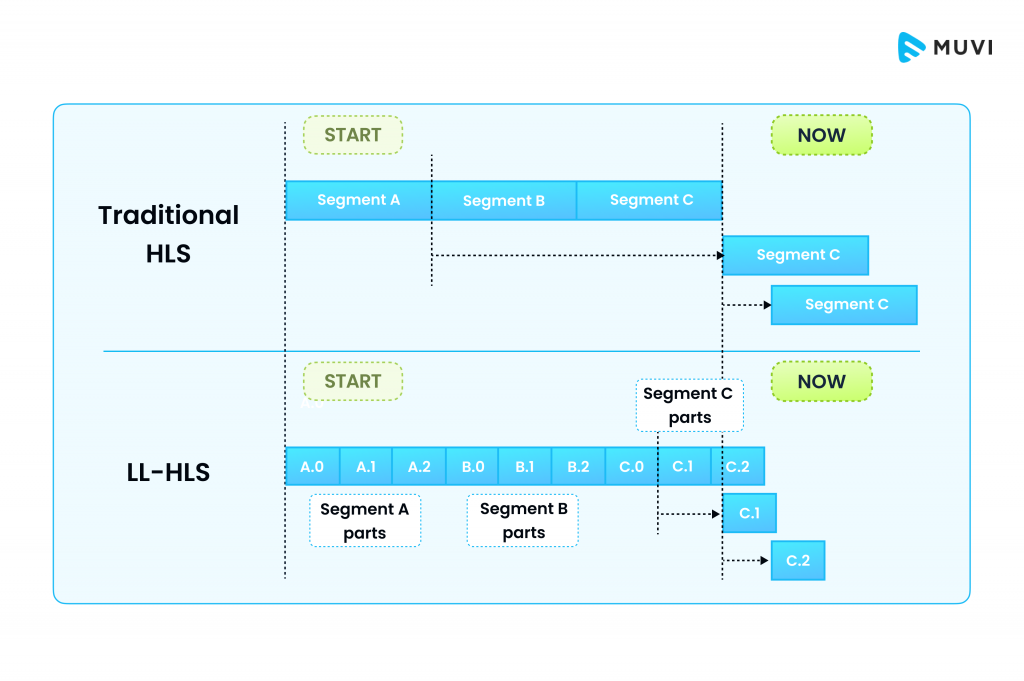
The players can fill up their buffer more efficiently by publishing the parts while the segment is being generated. Reducing the buffer size on the player side using this approach, results in reduced latency. These parts are then collectively replaced with their respective segments upon completion, which will remain available for a longer period of time.
Muvi Live Delivers Low Latency Content Vs Competitors
In the table below you can clearly see how Muvi Live is much better when it comes to delivering low latency video content compared to others:
| | Muvi Live | Dacast | Vimeo Livestream | Brightcove |
Latency | >9 sec | 12-15 sec | 15-25 sec | 20-30 sec |
As you can see Muvi Live has a latency of >9 sec which is possible because of technological advancements like streaming from the nearest server, using low latency HLS streams and deploying WebRTC. Even YouTube has normal latency of 15 to 60 seconds. They support low latency and low latency, but those will only work fine with low-resolution videos with quality <720p.
The diagram will help you understand our live streaming process which helps deliver low latency content more easily:
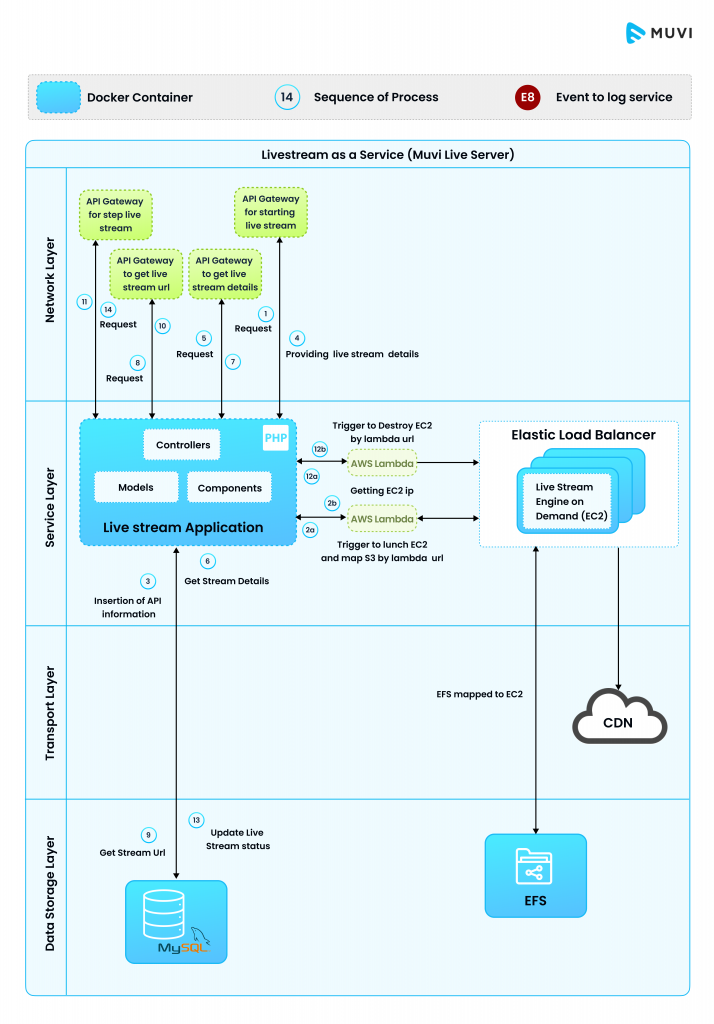
Major Changes After Implementation of Innovative Tech in Live Streaming
Muvi Live now supports low latency live streaming (~9 seconds latency) in optimal conditions. However initially the latency was around 45 seconds. By introducing the unique Nearest Server Location Selection feature and through other tech improvements we have successfully brought down latency to less than 9 seconds.
Wrapping Up,
Now that you have understood how our enterprise grade low latency live steaming service works, you can take a try and start live streaming for Free! Start for Free now!
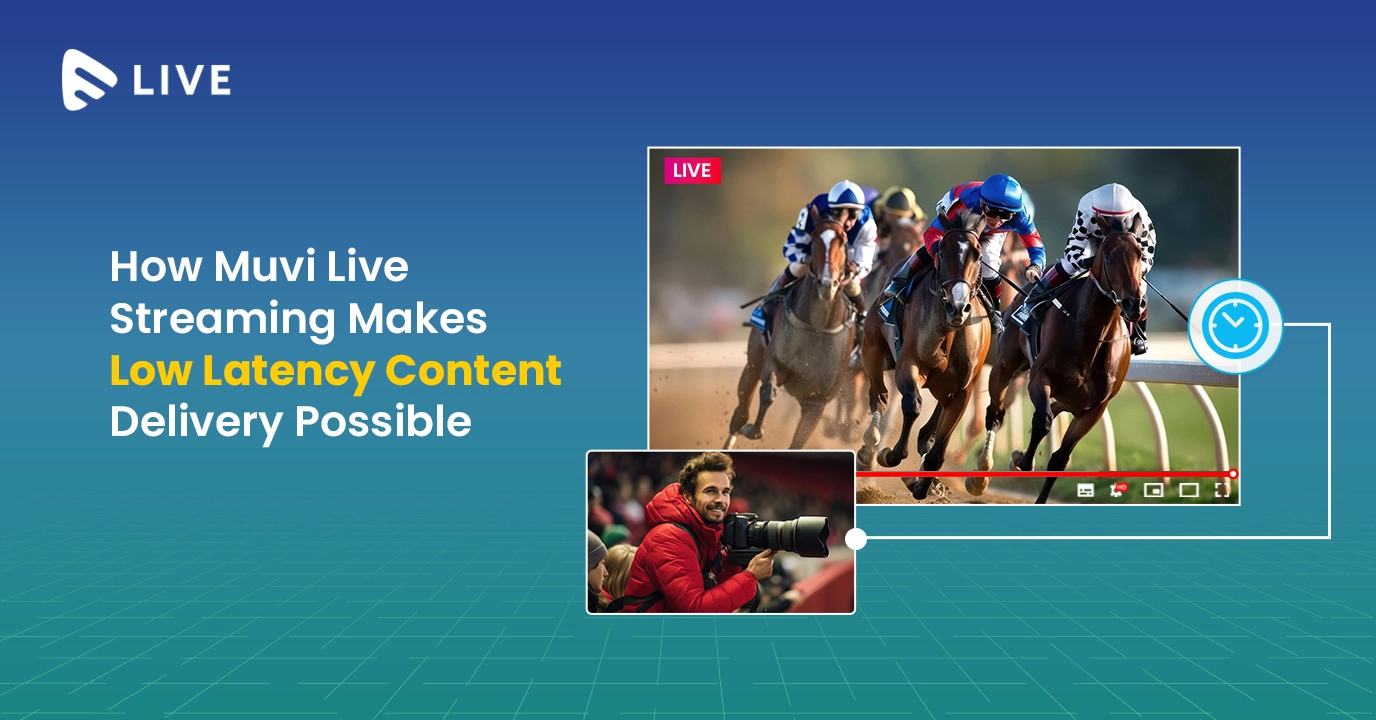











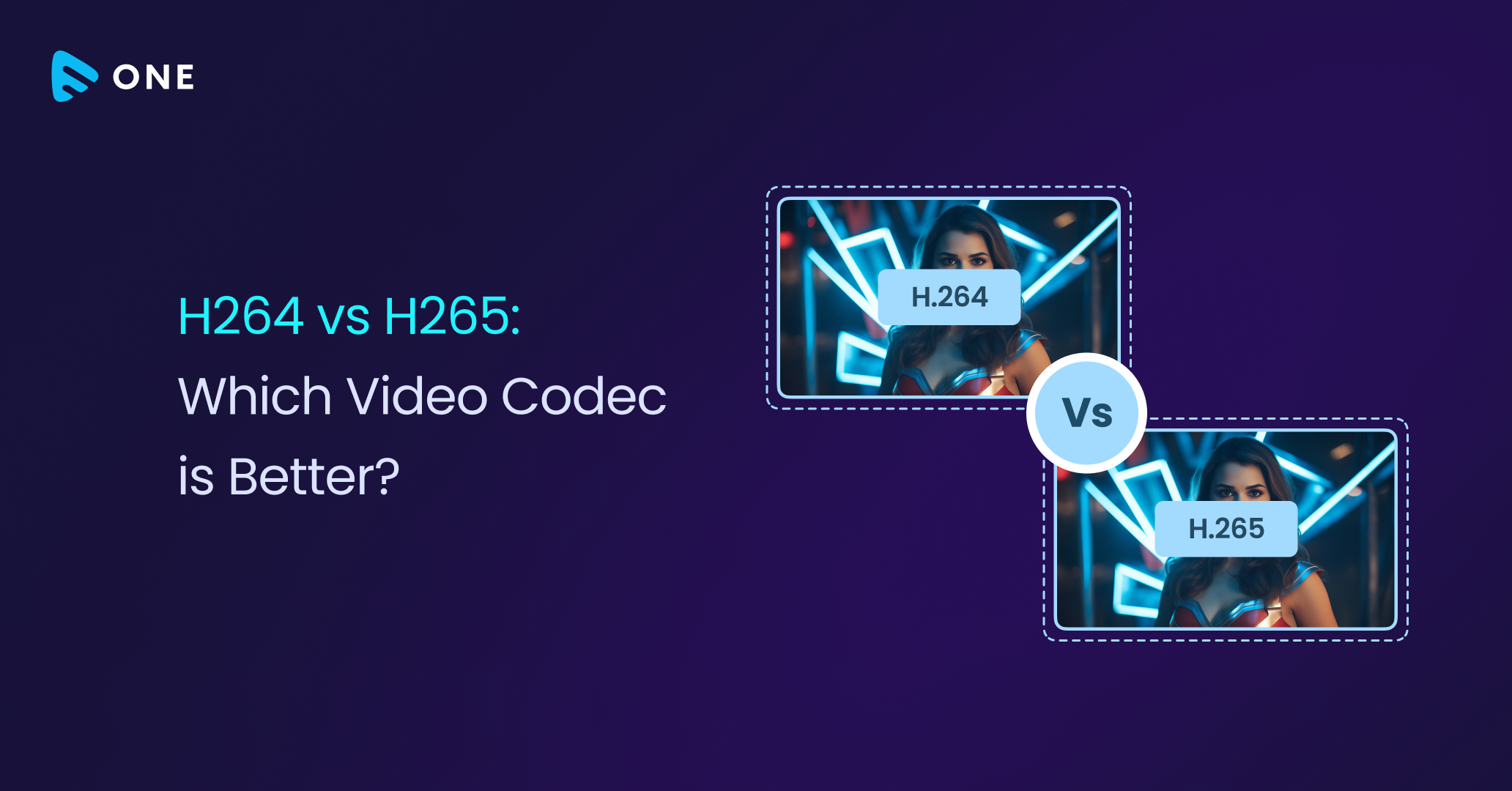
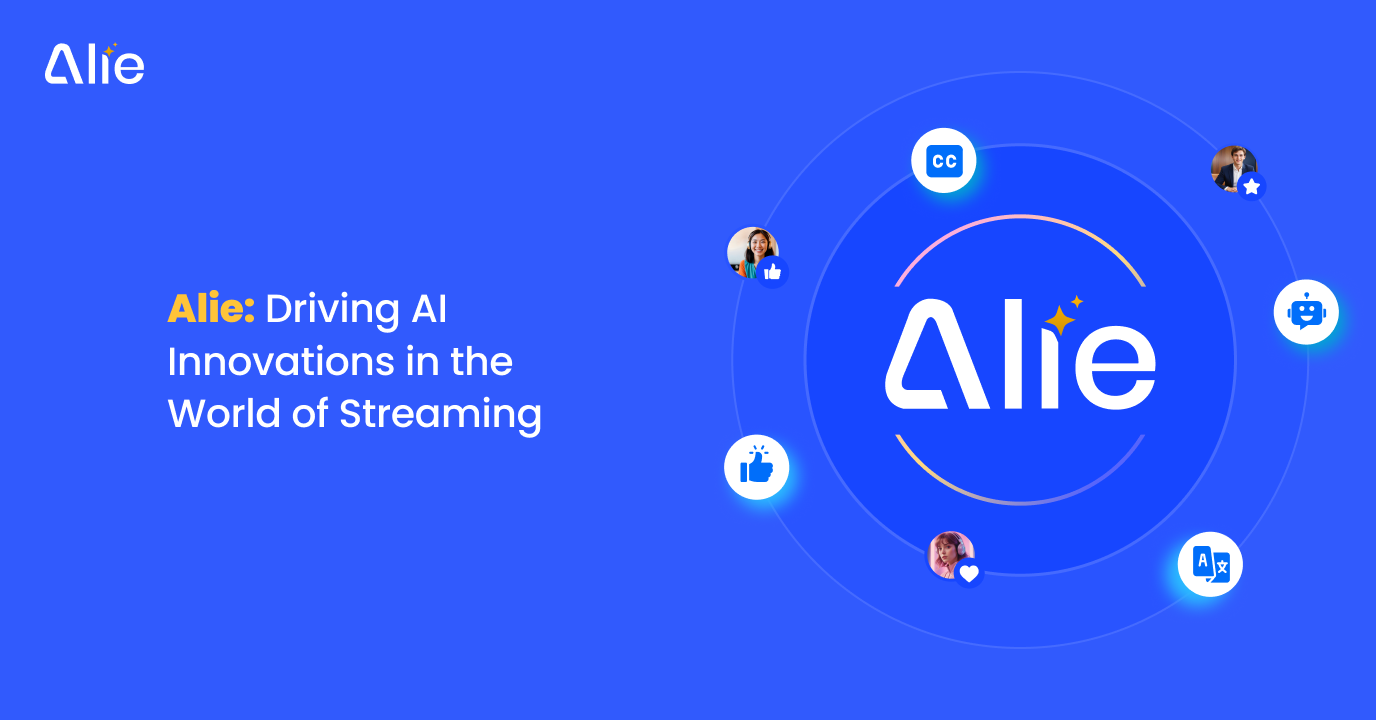



Add your comment